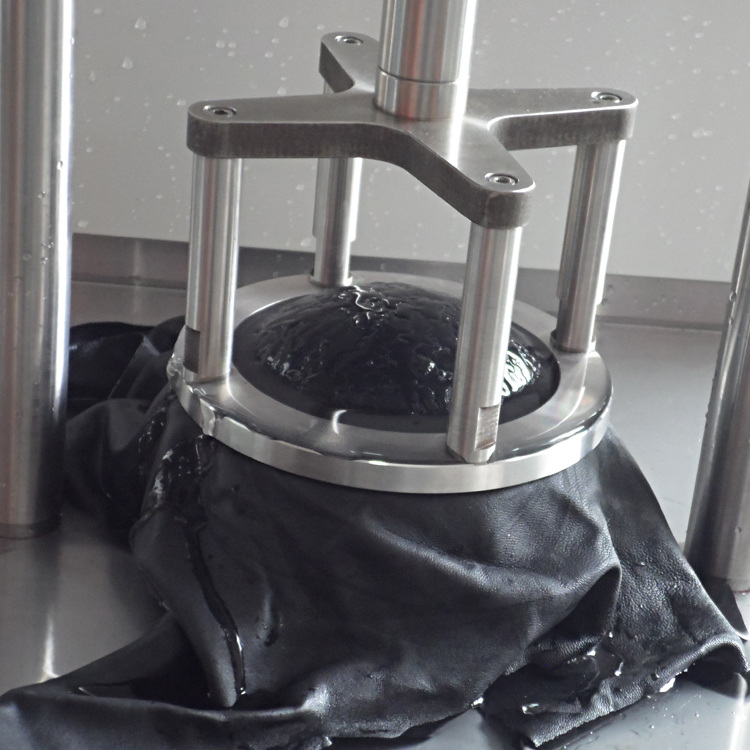The importance of the fabric hydrostatic head test in textile research and development
The fabric hydrostatic head test is a very important test in textile research and development. It uses a special device to stress test fabrics under static conditions to assess their ability to withstand pressure and load. This test method is widely used in textile production and development as it helps manufacturers to ensure the quality, performance and reliability of their products.
In the textile manufacturing process, the fabric hydrostatic head test helps to assess properties such as thickness, density, elasticity and softness of the fabric and detects the presence of defects or damage. These parameters affect the performance and durability of the fabric, so testing during the manufacturing process allows problems to be identified early and adjustments to be made, thus avoiding wasted resources and time.
For example, in garment manufacturing, the softness of the fabric is important, as users will prefer soft and comfortable clothing. If the fabric is too stiff, this may lead to poor market feedback. With the fabric hydrostatic head test, manufacturers can determine the optimum range of softness to meet customer requirements and increase market competitiveness.

In addition, the fabric hydrostatic head test is also important for the development of new fabric materials. Testing the properties and suitability range of different materials during the development process helps manufacturers to identify the best options and to optimise material formulations to achieve the required performance and cost targets. For example, in the medical industry, textiles need to meet specific hygiene requirements. By testing the properties of different materials, manufacturers can determine which materials meet hygiene standards and develop more competitive products.
In addition to assessing the structure and properties of a fabric, the fabric hydrostatic head test can also be used to verify that a fabric can withstand the stresses and loads of a specific application scenario, thus verifying its practical value and reliability. For example, for fabrics used in automotive interiors or industrial applications, it is vital to test whether they can maintain structural integrity and stable performance under high pressure conditions. If the fabric is unable to withstand the required pressure and load, this can lead to failures and safety issues, which can have a negative impact on both the manufacturer and the customer.
There are several factors to consider when conducting a fabric hydrostatic head test. Firstly, the design and accuracy of the test equipment is very important. The test equipment needs to be able to deliver a certain amount of pressure and ensure that the test results are accurate and repeatable. Secondly, the test should be carried out under standard conditions to allow for comparison and evaluation. For example, in the textile industry, ASTM D3787 is a standard test method commonly used to assess the static compression resistance of fabrics.
The fabric hydrostatic head test also requires consideration of the selection and preparation of the fabric sample. The size, shape and material composition of the test specimen will affect the results. It is therefore important that the sample is carefully selected and its size and weight are accurately measured before the test is carried out. In addition, the sample needs to be treated prior to testing, for example by washing, drying or processing, to ensure that it meets the test requirements.
In conclusion, the fabric hydrostatic head test is a very important test method in textile research and development, helping developers to assess the softness, feel, elastic recovery and compression properties of fabrics and providing powerful support for product design and development.

